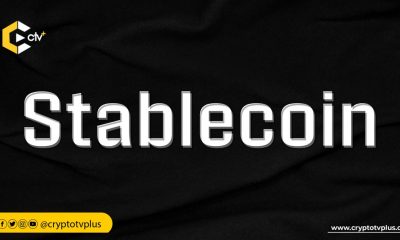FEATURED
Paradigm advocates for a stablecoin-tailored regulatory framework

The U.S. regulators have in recent times stepped up the level of regulation toward digital assets. These regulatory policies focus on traditional safety, bank supervision, and regulation. The key focus of these policies includes capital requirements and risk management frameworks associated with securities.
Nonetheless, looking at the uniqueness of stablecoins, the traditional banking and securities law frameworks are no fit for stablecoin regulation, Paradigm stated in a recent write-up. However, an appropriate regulation should promote openness and competition while addressing the risks unique to stablecoins, distinct from traditional banking or securities frameworks.
Also, the regulatory framework should be one that allows payment stablecoins to function and thrive.
Undoubtedly, banks are at the central helm of the financial system and broader economy. However, the business of banking can also come with risks. One of the risks is a situation where all the customers of a bank move to withdraw their money at once, and the bank will not have sufficient assets to completely pay everyone out. Also, risk can arise from mismanagement or losses from bad loans.
Unlike traditional banks, issuers of stablecoins can hold reserve assets to back up their redemption promises. This ensures that they have sufficient assets to cover withdrawals.
These reserve assets can match the outstanding stablecoins 1:1 and may include central bank liabilities or short-dated Treasuries. Unlike traditional banks, stablecoins do not engage in maturity transformation which means they do not use short-term liabilities for long-term investments.
Specific safeguards, such as federal regulations, required disclosures, third-party audits, and consumer protection rules, can be implemented to protect stablecoin holders and maintain financial stability.
While some regulatory commissions state that some stablecoins resemble money market funds (MMFs) and can be regulated as such, Paradigm disagrees, holding that it is not an appropriate form of regulation, as it is inconsistent with the market use cases of stablecoins.
Paradigm advocates that “it would be a mistake to force-fit stablecoins into the MMF regulatory framework, particularly where there is an opportunity for legislation to create a framework more tailored to the risks posed by stablecoins and the actual market behaviors around them.”
For Paradigm, stablecoins should not be subject to the same regulatory requirements and framework as MMFs, as doing so would likely impede their utility and practicality.
Money Market Funds (MMFs) and stablecoins share some similarities but have different purposes and characteristics. Some similarities include principal stability, liquidity, and short-term yields. MMFs are investment vehicles subject to securities regulations, whereas stablecoins serve as a means of payment within the cryptocurrency world, and they operate outside the scope of MMF regulations as stated by Paradigm.
Read also;
French Privacy Watchdog Launches Investigation into Worldcoin
What do you think of this article? Share comments below.
























